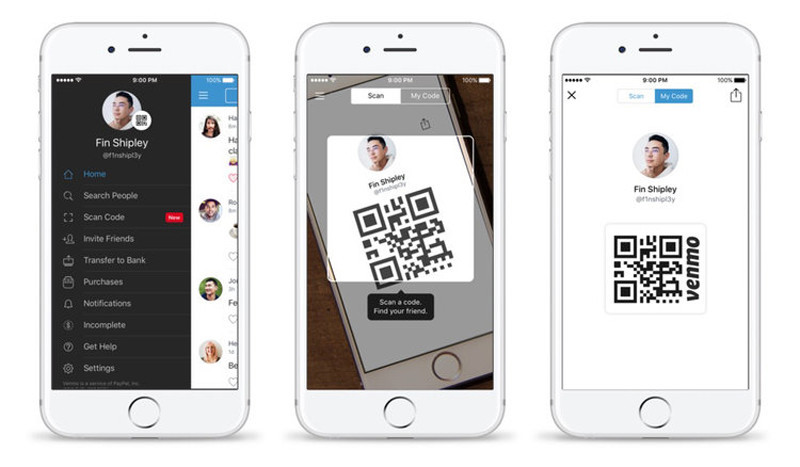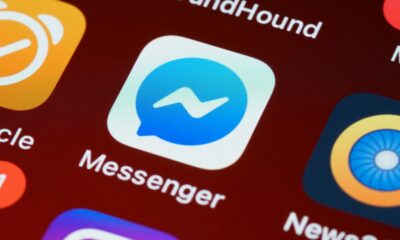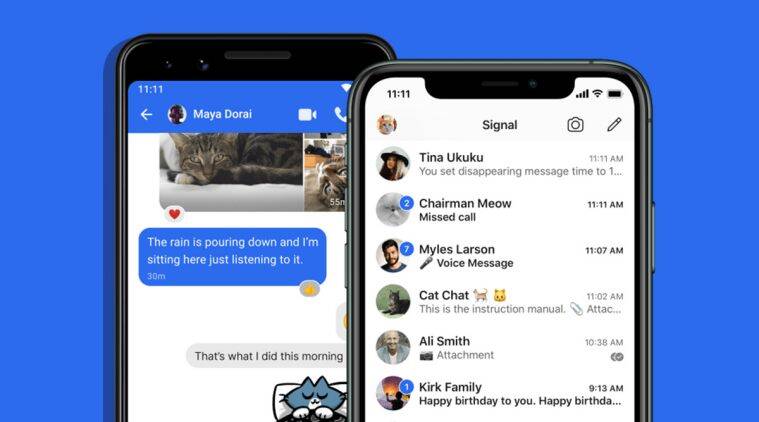Technology
Facebook Messenger adds Venmo-like QR codes for person-to-person payments in the US

Technology
Microsoft Expands Copilot Voice and Think Deeper
Technology
Google Launches Free AI Coding Tool for Individual Developers
Technology
Elon Musk Unveils Grok-3: A Game-Changing AI Chatbot to Rival ChatGPT
-

 Entertainment3 weeks ago
Entertainment3 weeks agoViola Davis Shines as U.S. President in Amazon Thriller ‘G20’
-

 Entertainment3 weeks ago
Entertainment3 weeks agoJane Austen Wrecked My Life Hits Theaters May 2025
-

 Entertainment3 weeks ago
Entertainment3 weeks agoBlotto Documentary Set to Premiere at Cohoes Music Hall
-

 Entertainment3 weeks ago
Entertainment3 weeks agoRobert Pattinson Could Join Star-Studded Cast of Dune 3
-

 Entertainment4 weeks ago
Entertainment4 weeks agoChristopher Nolan’s The Odyssey Set for 2026 IMAX Release
-

 Entertainment3 weeks ago
Entertainment3 weeks agoPredator: Killer of Killers Unleashed June 2025
-

 Entertainment4 weeks ago
Entertainment4 weeks agoAmazon Hints at New James Bond Era, Promises to Honor Legacy
-

 Entertainment2 weeks ago
Entertainment2 weeks agoHBO Confirms Hogwarts Staff Casting in Harry Potter TV Series






